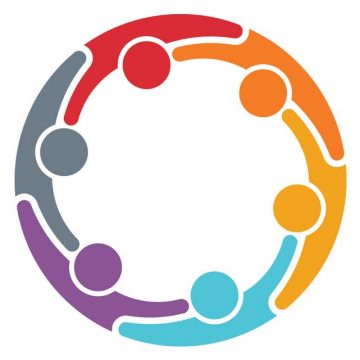Disability management
Employer responsibilities – what every company needs to know...
Employer responsibilities – what every company needs to know...
 Adjustments need to reflect diverse disabilities
Adjustments need to reflect diverse disabilitiesAs the number of disabled people in work increases, employers need to know how they can make their workspaces more accessible. Recent figures show that 18% of working age adults have a disability, and 3.5 million disabled people are in employment today, compared to 2.9 million in 2013. This growth is expected to continue.
As outlined in a previous article on employer responsibilities, organisations need to understand their legal obligation to ensure that disabled workers aren’t disadvantaged at work. Making reasonable adjustments can often be a quick cost effective solution.
There are many types of disability, and employers need to consider how they will accommodate disabled employees as well as disabled visitors. Although not all disabilities can be easily categorised, using these four broad categories provide a helpful starting point:
 Mobility impairments
Mobility impairmentsPeople whose disability affects their mobility may use wheelchairs, scooters, walkers, crutches, or canes. Others have hidden mobility impairments that may impede their ability to move quickly, climb stairs, or walk more than a short distance.
Employers can make a range of adjustments to improve accessibility for mobility impaired people. These could include:
People with visual impairments are either blind or have limited vision. People with no vision will have different needs to those with limited vision, so it is important for employers to think about what adjustments each individual might need.
Employers can make a range of physical, aural and visual adjustments to assist the visually impaired, including:
Hearing impairments can be temporary or permanent and can mean someone is totally deaf or hard of hearing.
Employers can make various adjustments to improve accessibility, including:
Cognitive impairments, often referred to as hidden impairments, generally relate to learning or developmental disabilities, for example someone with dyslexia. Cognitive impairments are common, and employers may not always be aware when an employee has one.
Making adjustments for people with cognitive impairments may not seem as straightforward as adjustments for those with mobility, hearing or visual impairments, but there are still options available, including:
Employers can proactively promote equality through better disability management. The examples given above illustrate how reasonable adjustments can make workspaces more accessible. They generally relate to a specific category of disability, and employers will often only consider making such adjustments when there is a need to do so.


Disabled people are underrepresented at work, while employers are missing out on talent. Employers can help address this by making workspaces more accessible – the time to take action is now!

Employer responsibilities – what every company needs to know...
Employer responsibilities – what every company needs to know...
Getting it right for employers and employees...
Getting it right for employers and employees...
Better understand and accommodate hidden disabilities...
Better understand and accommodate hidden disabilities...